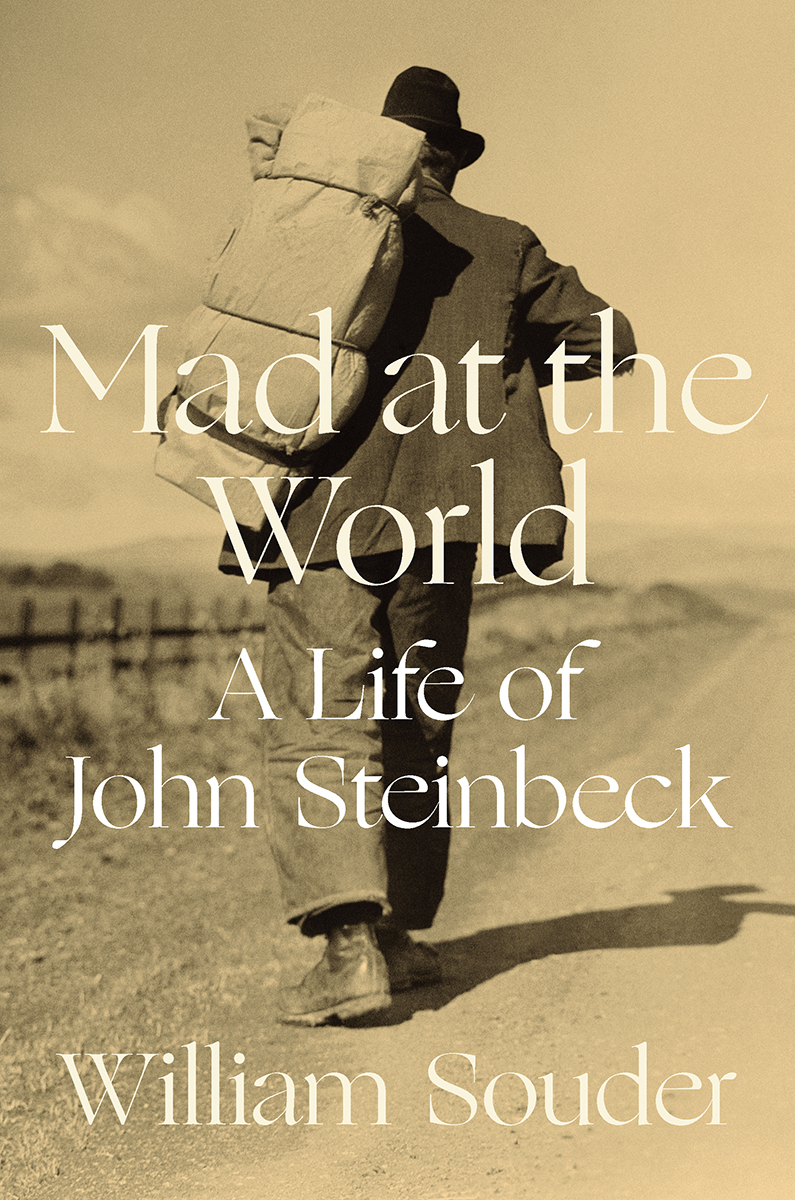What do you think?
Rate this book


464 pages, Hardcover
First published October 13, 2020

The ancient commission of the writer has not changed. He is charged with exposing our many grievous faults and failures, with dredging up to the light our dark and dangerous dreams for the purpose of improvement.Reading Of Mice and Men in eighth grade was probably the first time in my life that I was aware of what great literature actually was. I distinctly remember being alone in my room and having tears well up in my eyes the first time I read the concluding pages. Boy was I glad I was alone. Not a good look for a boy growing up. It’s probably because of that awareness that John Steinbeck has been a constant, nebulous part of my life; how he wrote, how he thought about injustice, how he consistently aroused emotions in me that were clear and convoluted at the same time. But everything I thought I knew about him was through his words. They were thoroughly human. Often they represented Steinbeck’s innermost thoughts. But, as William Souder explains in just as clear a biographical prose as that of Steinbeck, he was very human, one who somehow knew he was destined to write at an early age. Combined with that was a lifelong narcissism that genius seems to require and human foibles to which anyone can relate, Steinbeck was one of a kind while being one of us.
Furthermore, the writer is delegated to declare and to celebrate man’s proven capacity for greatness of heart and spirit – for gallantry in defeat – for courage, compassion and love...
Man himself has become our greatest hazard and our only hope.
- John Steinbeck, Nobel Prize Banquet Speech